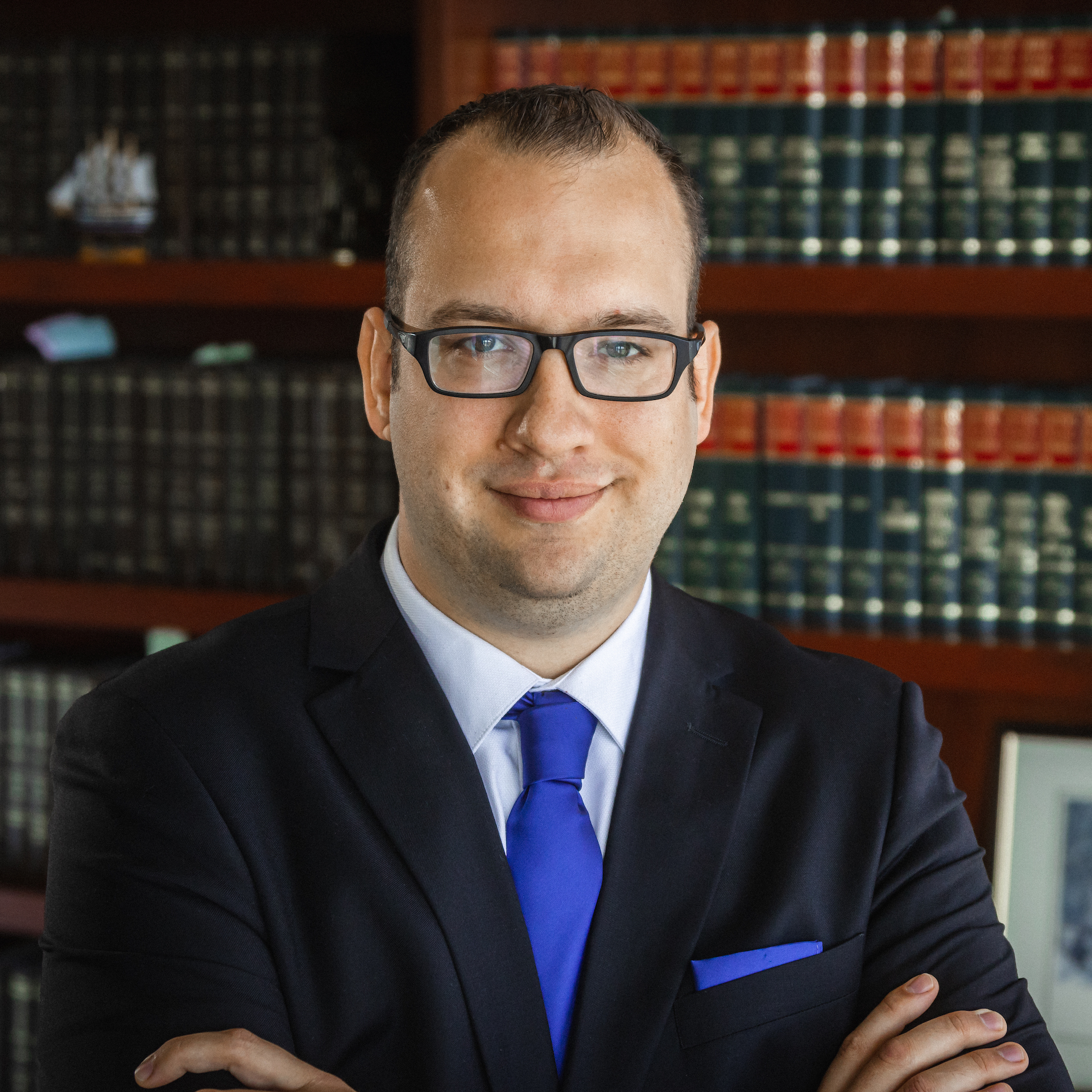
The Department of Education is planning to review how student loans are discharged in bankruptcy. According to the Education Department, it is seeking public comments on the process for evaluating student loan undue hardship claims during bankruptcy.
Student loans are difficult to discharge in bankruptcy because of the undue hardship rule. You must show that repaying your student loans would keep you from maintaining a minimal standard of living, among other factors. Over the past several decades, changes were made to the bankruptcy code that made student loans more difficult to discharge. By the time the Bankruptcy Abuse Prevention and Consumer Protection Act of 2005 was signed into law by President George W. Bush, both federal and private student loans could not be discharged without showing undue hardship.
Congress never defined what constitutes “undue hardship”. As a result, undue hardship is determined by the courts for each individual bankruptcy case. Depending on where the case is filed, courts may use the Brunner test or the totality of circumstances test to determine undue hardship.
The Education Department cannot make changes to the law without congressional action. However, a public commenting period may be a positive first step for helping student loan borrowers who could benefit from bankruptcy.
Can I Discharge My Student Loans in Bankruptcy?
Just because it is difficult to discharge student loans in bankruptcy does not mean it is impossible. Many people still believe it is not possible to discharge student loans. Unfortunately, some of those people may be good candidates for an undue hardship discharge.
Our Kansas City bankruptcy attorneys have helped clients discharge student loans. In fact, one of our student loan bankruptcy cases was covered in Missouri Lawyers Weekly. If you are struggling with student loans and want to explore bankruptcy as an option, then we encourage you to speak with one of our attorneys.
 Book an
Book an Email
Email Directions
Directions







